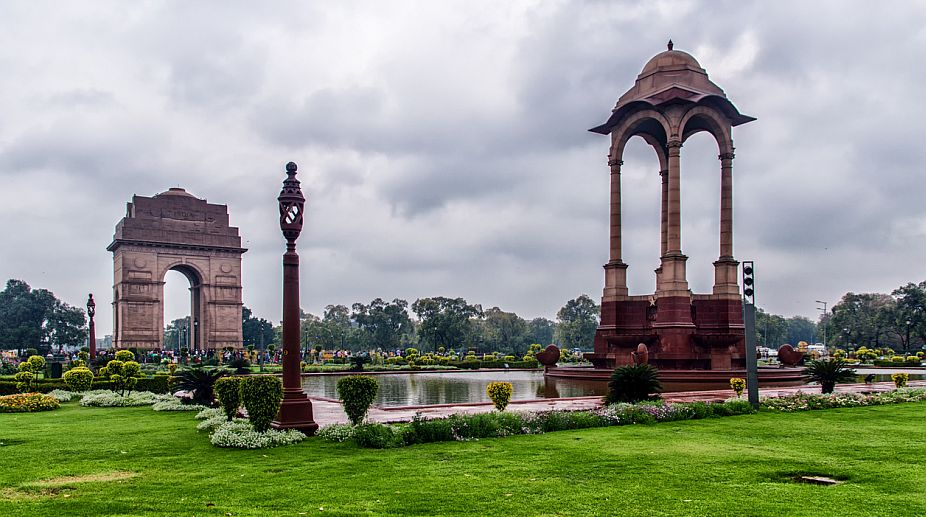A chronicle of deportation and incarceration
The reviewer is an associate professor of English, Tarakeswar Degree College, University of Burdwan.

(Getty Images)
Title: The Builders of Delhi; Author: Imtiaz Ahmed Khan; Publisher: Zarreen Khan; Pages: 179; Price: Not mentioned
The late Imtiaz Ahmed Khan was an accomplished IAS officer who served in many parts of the country, including in Delhi where a street close to Parliament is named after him. But this is not yet another book on Delhi. It is very different.
The chapters were originally published in a series of articles in a leading newspaper in 1996-97. What is noteworthy is that the work was put together when there was no Wikipedia and Internet barely existed. Khan delved into history books and archives to produce this riveting tale.
Advertisement
History to Imtiaz Khan was not just about boring facts, obtuse dates, incomprehensible architectural details and inconsequential battles that most people loathe to study. As his daughter-publisher Zarreen Khan says, if you read it as her father narrated it, and read it with his signature sense of humour, "perhaps it will make history a more interesting read, as it did for me".
According to Imtiaz Khan, there is perhaps no city in the world that withstood as many onslaughts from foreign as well as domestic forces as Delhi. Many interesting bits follow: The spot on which Yudhishthira pitched tent was chosen to build the Pandava Palace; this is believed to be the same site where the Purana Qila (Old Fort) now stands. Mahipalpur near Vasant Kunj in south Delhi is named after a Tomar dynasty king, Mahipal.
After Khwaja Bakhtiar Kaki settled in south Delhi, the place was given the name "Mihir Wali" — the abode of the saint. This later got corrupted to Mehrauli. During the time of Sultan Alauddin Khilji, Mongol prisoners in thousands were herded to Shahpur Jat village (near present Panchsheel), their heads chopped off and cemented in stone rubble with lime paste. And thus came up the Siri Fort.
The unending statistics and facts extend to the Mughal and British rule too.
This is a book worth a read — if you want to know Delhi better.
Advertisement